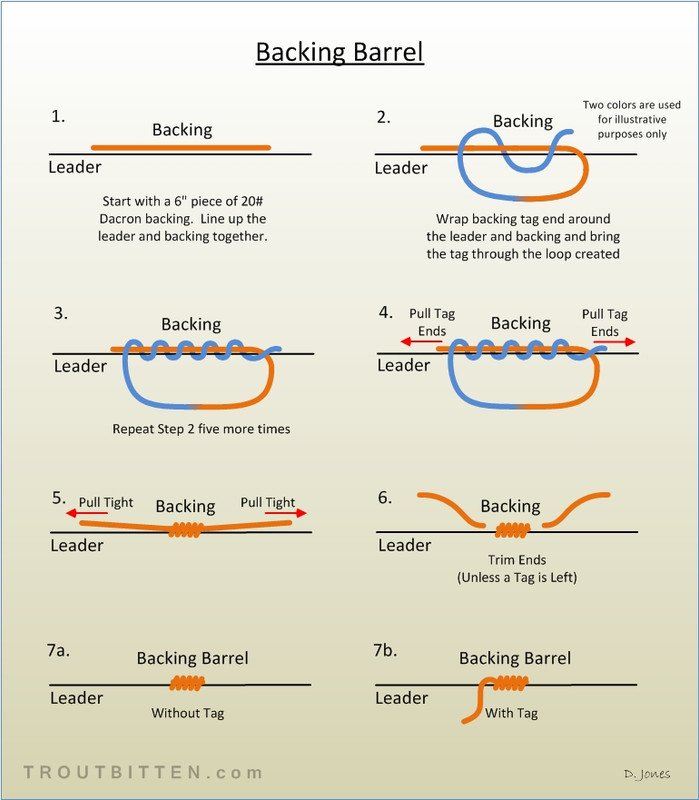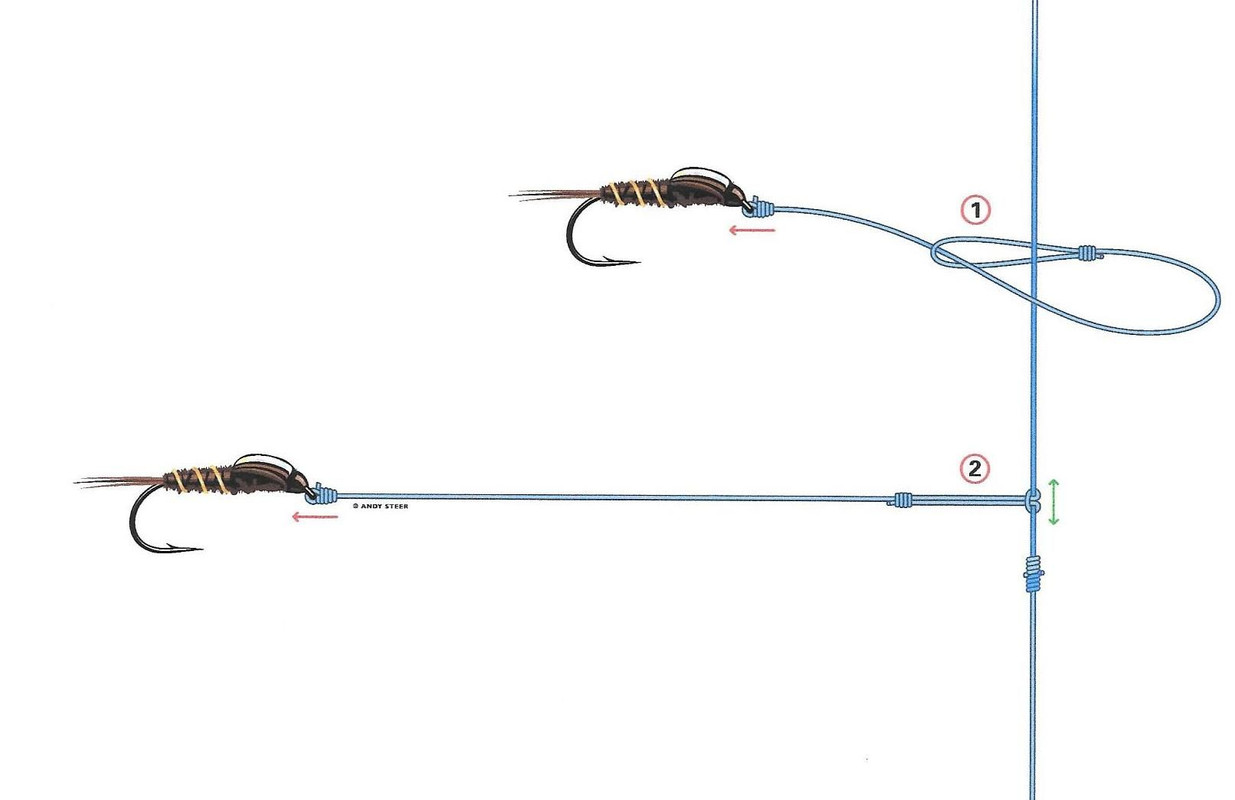I'm going to stun the general public with this some time in the next couple of weeks.
(I write an occasional fishing column, "Tangled Lines," in the Lakeville (Conn.) Journal. I wanted to call it "Tangled Lines and a Bad Liver) but they wouldn't go for it.)
tangled lines how to make a euro nymph leader
Many of you have written to say, “Hey, how do you make a leader for Euro nymphing?”
Actually it was one of you.
As requested, I will keep the writer’s name out of it, even though it was Hiram Snodgrass of West Tibia, Vt. According to the Essex County Argus-Democrat & Home Shopper, Snodgrass is embroiled in a land use dispute centered on his attempt to build what he calls a “micro-casino” in a cow pasture, but he is finding the time to keep up with angling innovations.
Euro nymphing is not a naughty Google search. It is a style of fly-fishing that uses three nymphs and little or no fly line on the water. The rods used for this method are longer than usual at 9.5 to 11 feet. These rods are rated for standard fly lines (i.e. #4) but often anglers use a level line, which has no taper at all.
The nymphs themselves are usually heavy. It is their weight that gets them down into the water column where the fish are.
It is also their weight that gets them out in the water in the first place. A Euro nymphing cast is more a controlled lob than a traditional fly cast.
There are infinite variations to this method. But that’s the general idea.
There are approximately 80 kajillion leader recipes on the internet, and you’ll see them when you Google “euro nymph,” along with the naughty photos.
You can follow these complex instructions, or you can do what I do.
Assuming a 10.5 foot rod, I start with a standard nine foot nylon trout leader tapered to 4X.
I then attach lengths of Berkley Vanish brand fluorocarbon as droppers.
You can buy fluorocarbon tippet material that is graded by the familiar tippet sizes (i.e. 5X, 6X).
It is very expensive at $15-20 per dinky little spool.
Or you can get 110 yards of Berkley Vanish for $6-8. It is intended for spinning rods, so it is classified by break strength and diameter.
So the lightest available, two pound test, has a diameter of .006 inches, which is the same as 5X tippet.
Four pound, .007 inch, equals 4X; six pound, .009 inch, is like 2X; and eight pound, .010 inch, is 1X.
I use fluorocarbon because it is much stiffer than standard nylon monofilament. That means your droppers can be thin and not get wrapped around the main body of the leader.
Supposedly fluorocarbon is also harder for the fish to see. I have asked many fish if this is true, but to date have not received a single reply.
Attach about three feet of four pound (4X) fluoro to the end of the leader with a surgeon’s knot. You want the “uphill” tag, the one closer to the rod, to be about four inches long. Clip off the shorter, “downhill” tag.
You now have a leader that is around 11 feet long and change. Two feet between flies is a reasonable place to start, so tie another three foot piece of fluoro, maybe the two pound, 5X this time, about two feet from the first dropper.
The whole shebang will wind up being 12 to 14 feet long.
You can adjust this any way you want. The only constant is you’ll want your flies to be evenly spaced, and to prevent tangling in each other, at least 18 inches apart (two feet is better).
Now you attach the flies. Often the heaviest one goes on the bottom. This is called the “point fly” by some, and the ”bottom fly” by me.
A second weighted fly goes in the middle, and an unweighted nymph on the top dropper, closest to the rod.
You will need to master the Davy Knot for tying the flies to the short droppers. Look on YouTube and you’ll find a crotchety Welshman explaining it. It seems too simple to be true, but it works.
Once you get the hang of this, you’ll be able to change out the flies at least once without starting from scratch.
As you have doubtless realized, if you rear back in a classic fly cast with all this stuff, you’ll be in Tangle City.
Simplest thing to do is gently heave the whole thing out into the current and let it swing out behind you.
Then, using the weight of both the flies and the water on the line, lift up and flip it straight upstream.
Let the flies drift back down, keeping your rod tip up and little or no fly line on the water.
Repeat.
With practice you’ll be able to guide these lobs to where you want them.
I use a standard weight forward line for this kind of fishing, but I think I am the exception. Many use a level line. I tried it and didn’t like it much. Your mileage will definitely vary.
There are as many variations on this method and rigging as there are practitioners. For instance:
-- Try putting a wet fly or a small streamer in the mix.
-- Try putting the heaviest fly in the middle.
-- Try putting a big bushy dry fly, like a Stimulator, on the top.
-- Try it with two nymphs instead of three, with smaller rods on smaller streams.
-- Try going home and watching the ball game instead.
Note: The flies don’t have to be big to be heavy. There are small nymphs, tied with jig hooks and/or tungsten bead heads, that get way way down in a hurry and are very effective.


